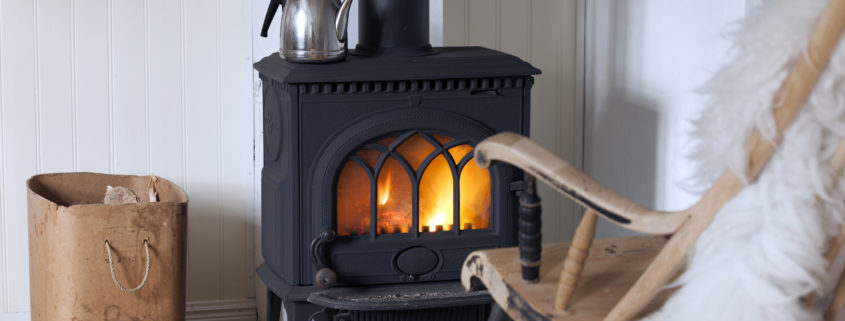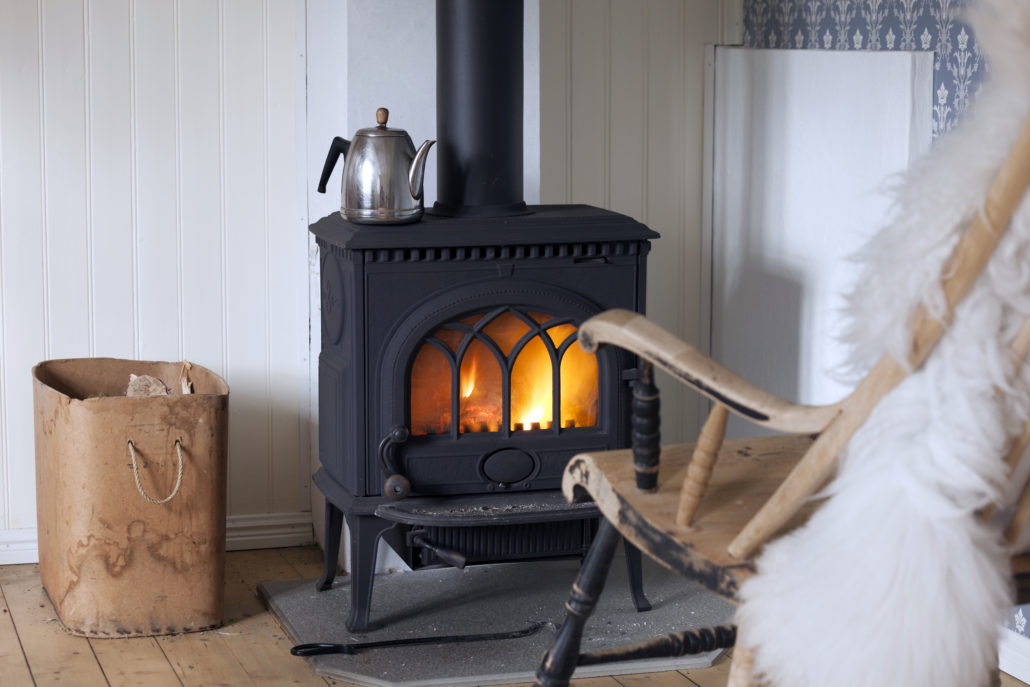Get Cozy! Enjoy Your Wood Burning Stove – Safely!
After a day on the slopes or skating on the lake, there’s nothing quite like relaxing in front of a hot wood burning stove.
Enjoy your wood burning stove with peace of mind. Take the proper steps to protect your home and family from potential hazards like chimney fires and accidental burns.
If you’re using a wood or pellet stove, it’s important to have a firm understanding of how to operate it safely. Otherwise, here are a few more tips to safely enjoy your wood burning fireplace and stay warm as Jack Frost makes the rounds.
Chimney Sweeps aren’t just for Mary Poppins!
As summer wanes, the kids head back to school and your favourite coffee shop starts brewing up the pumpkin spice lattes, it’s time to make an appointment with your local professional flueologist, more commonly referred to as chimney sweep.
You can learn to do this job yourself, and we encourage you to familiarize yourself with how your entire stove and chimney system works, but we do recommend leaving this for a pro. An experienced chimney sweep will safely clear ash and creosote — a flammable chemical that can lead to chimney fires — while performing a visual inspection of your chimney to make sure it’s good to go.
When it comes to something as important as your chimney, be sure to keep records of any work done, who did it, and when it was done. Your stove and chimney should be an annual inspection, so set your reminders!
Keep up with Your Alarms
We can’t emphasize the importance of this point enough! Checking your smoke and carbon monoxide detectors should already be part of your regular home maintenance schedule. If not, it’s doubly important as temperatures start to drop as, with increased woodstove, fireplace, and furnace use your chances of something unexpected happening increase accordingly.
It’s recommended you have at least one smoke detector on each level of your home and outside each bedroom, and at least one carbon monoxide detector, ideally located in a hallway near the bedrooms. Carbon monoxide poisoning is completely avoidable if you take the proper preventative steps and exercise caution when building fires.
Aesthetics comes Second to Safety
Wood burning stoves and fireplaces are often beautiful focal points in our homes but safety should never be compromised in favour of style! Decorating too closely around them can be hazardous.
Keep the area surrounding your fireplace free of flammable materials like furniture, blankets and pillows, pet beds, plastic items, Christmas trees, or any wood. Unless your fire burning unit is specifically suited for tight spaces (equipped with required insulating materials), try to keep at least one metre of space between your fireplace and anything that has the potential to burn.
Small children or curious/oblivious pets? It’s best to place a safety screen around the fireplace to limit access.
From Start to Finish, Fire Management is Key
Before jumping in and excitedly lighting that first piece of kindling, check that you’ve got the proper tools on hand: fire poker, dry wood, kindling, and paper.
ALWAYS make sure your damper is open and NEVER start a fire indoors with gasoline or other flammable liquids.
Once lit, depending on the size of your unit, keep your fire to one or two logs to limit the risk of chimney fires. Keep a watchful eye on your fire as stacked logs are prone to shift as they burn changing the dynamic of the activity.
End of the Night or Leaving the House?
When you’re leaving the house or ready to call it a night, there are different protocols for different units when it comes to leaving your fire unattended.
With a fireplace, it’s important that the fire is put out. Use the poker to spread out any remaining embers so they cool faster. You can also put sand over the embers to help smother them. Don’t leave the room or your house until the fire is completely out. Leave the damper open until the ashes have cooled as a closed damper could help a fire heat up again and allow carbon monoxide to build up in your home.
It should be safe to remove the ashes the next day using a steel shovel and an empty metal container. Store the ashes away from your home or anything else that could catch fire.
One of the benefits of a wood burning stove, on the other hand, is its capacity to be shut down, reducing the airflow enough to not only hold but continue producing, enough heat as to be rekindled easily the next day. It’s important you review all of the information about your particular wood burning stove to ensure a safe overnight burn.
Have questions about wood burning stoves and your home insurance? Contact us!


